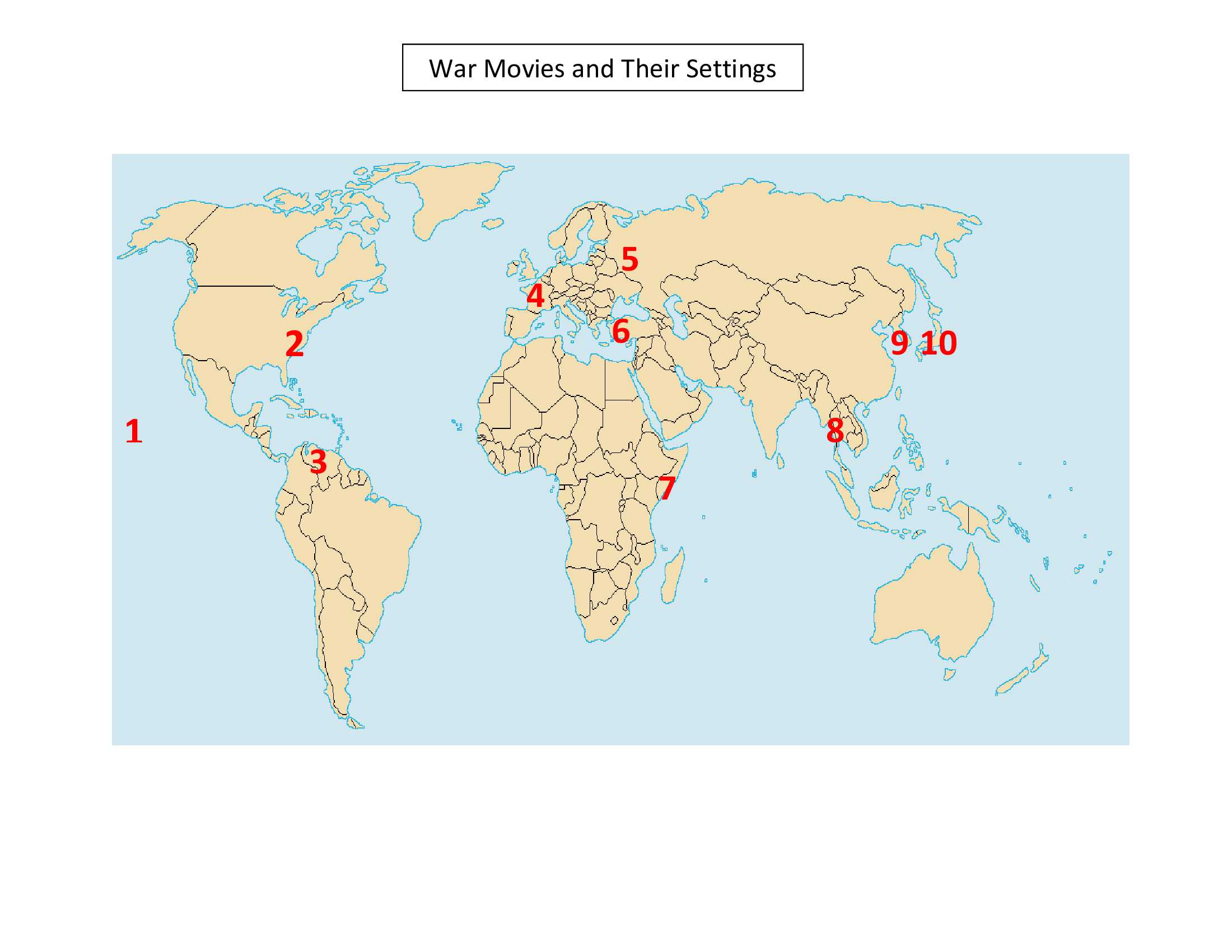
War Movies and Their Settings Trivia Quiz
While not always historically accurate, war movies do typically give viewers a general sense of who played certain real life roles and some of the events that took place. Let's see if you can match each war movie with its main geographic setting.
A label quiz
by ponycargirl.
Estimated time: 3 mins.
